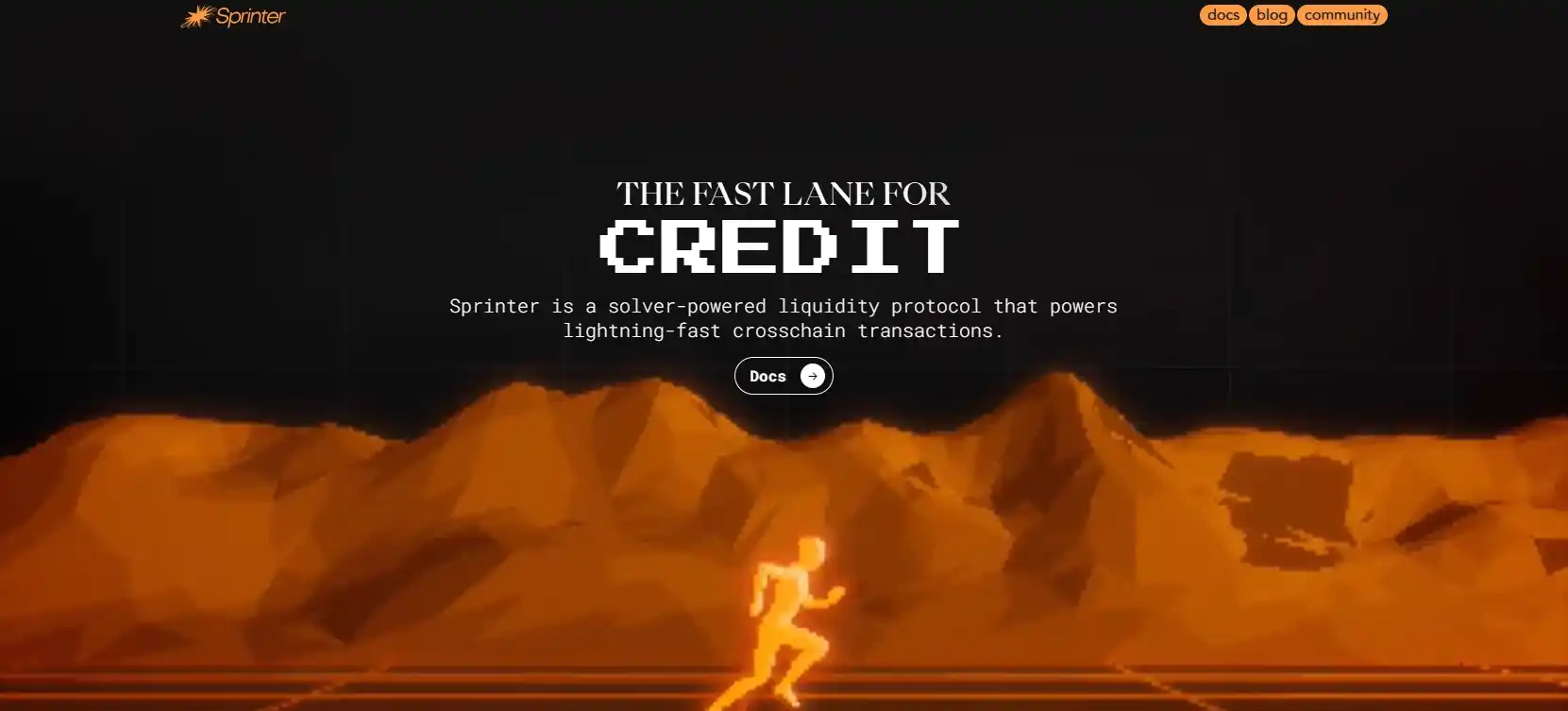In the era of digital transformation, where data privacy and system sustainability are coming to the forefront, projects offering fundamentally new solutions are emerging. One such initiative is Sprinter, which aims to lay the foundation for the next stage of internet development.
The platform intends to overcome the limitations of traditional centralized services by creating a global decentralized network. This approach allows developers to deploy and run applications with increased levels of fault tolerance and security. Integration with blockchain technology ensures transparency and reliability of all operations, opening new horizons for creating complex web services.
Contents:
- Philosophy and Mission of Sprinter
- Technical Architecture: How Does It Work?
- Ecosystem and Key Platform Components
- Economic Mechanics of the Project
- Prospects and Sprinter Development Roadmap
- Conclusion
Philosophy and Mission of Sprinter
The main goal of the project is to create a freer and more democratic internet, not controlled by a small number of tech giants. The Sprinter team sees the future in distributed networks, where each participant contributes to the common infrastructure. This is a movement towards digital sovereignty, where users gain full control over their data.
The platform's mission is to build a sustainable ecosystem that stimulates innovation and equal cooperation between developers and consumers. This approach challenges established centralized models, offering an alternative based on technological progress, trust, and collective governance.
Technical Architecture: How Does It Work?
At the core of Sprinter is a network of independent nodes united into a reliable distributed computing environment. These devices, managed by community participants, collectively ensure the platform's functioning and data processing. A modern blockchain protocol is used to achieve consensus and security, guaranteeing information integrity and transaction immutability.
The system architecture is designed with scalability and efficiency in mind, allowing it to handle a growing number of operations without performance loss. Thanks to its modular structure, the platform can adapt to various types of applications, from DeFi financial services to complex gaming platforms, providing them with reliable infrastructure.
Ecosystem and Key Platform Components
The Sprinter platform forms a holistic and self-sufficient environment consisting of several interconnected elements. Each component plays an important role in ensuring the stability and functionality of the entire decentralized network. To understand its structure, it is necessary to consider the key components that facilitate interaction between developers, validators, and end users.
- Decentralized Nodes: Network devices managed by participants that process data and maintain the infrastructure's operability.
- Native Application: A convenient interface for managing assets, staking, and monitoring network status.
- Decentralized Governance Model (DAO): A tool allowing token holders to participate in voting on key project changes.
- Proprietary Blockchain: The fundamental layer that ensures security, transparency, and smart contract execution.
The collaborative work of these elements creates a powerful synergistic effect, allowing the ecosystem to develop dynamically and adapt. This comprehensive approach provides the platform with high resilience and attractiveness for creating various Web3 applications.
Economic Mechanics of the Project
The economy of the Sprinter project revolves around its own token, which performs multiple functions within the ecosystem. This digital unit serves not only as a means of payment but also as a key tool for motivating participants and maintaining network security. To clearly demonstrate the diversity of its applications, let's consider the main utilities:
| Function | Description |
|---|---|
| Node Rewards | Node operators receive payments for providing computational resources and maintaining the network. |
| Platform Governance | Token holders participate in voting, influencing key decisions on ecosystem development. |
| Staking | Locking assets to ensure network security and generate passive income. |
| In-Network Payments | A unit of account for paying for services and fees within the decentralized infrastructure. |
Such multifunctionality ensures constant demand for the internal currency and forms a sustainable economic model. Thoughtful token distribution and clear emission rules encourage long-term participation in the platform's life, preventing inflation and creating healthy market dynamics.
Prospects and Sprinter Development Roadmap
The Sprinter team adheres to a clear strategic plan aimed at constant development and scaling of the platform. The project's roadmap includes several consecutive stages, the implementation of which will strengthen its position in the decentralized technology market. Among the key directions for the near future, the following points can be highlighted:
- Scaling Network Infrastructure: Attracting new node operators to increase network bandwidth and reliability.
- Development of Partnerships: Integration with other blockchain ecosystems and attracting third-party developers.
- Expanding DAO Functionality: Implementing new mechanisms for more flexible and transparent community governance.
- Performance Optimization: Continuous work on improving transaction processing speed and reducing fees.
The successful implementation of these points will allow the platform to become one of the key infrastructure solutions in the Web3 industry. Further work will focus on adapting to growing market needs and creating a favorable environment for innovative decentralized applications.
Conclusion
The Sprinter project represents a promising attempt to rethink the architecture of the modern internet by creating a decentralized and democratic alternative. Its technological foundation, combining a distributed node network and blockchain, provides the necessary reliability and transparency for future applications.
The emphasis on a community-oriented model and a balanced economy creates a solid foundation for sustainable development. In the context of growing demand for privacy and distributed systems, Sprinter has all the prerequisites to become a significant player in shaping the new digital era of Web3.





